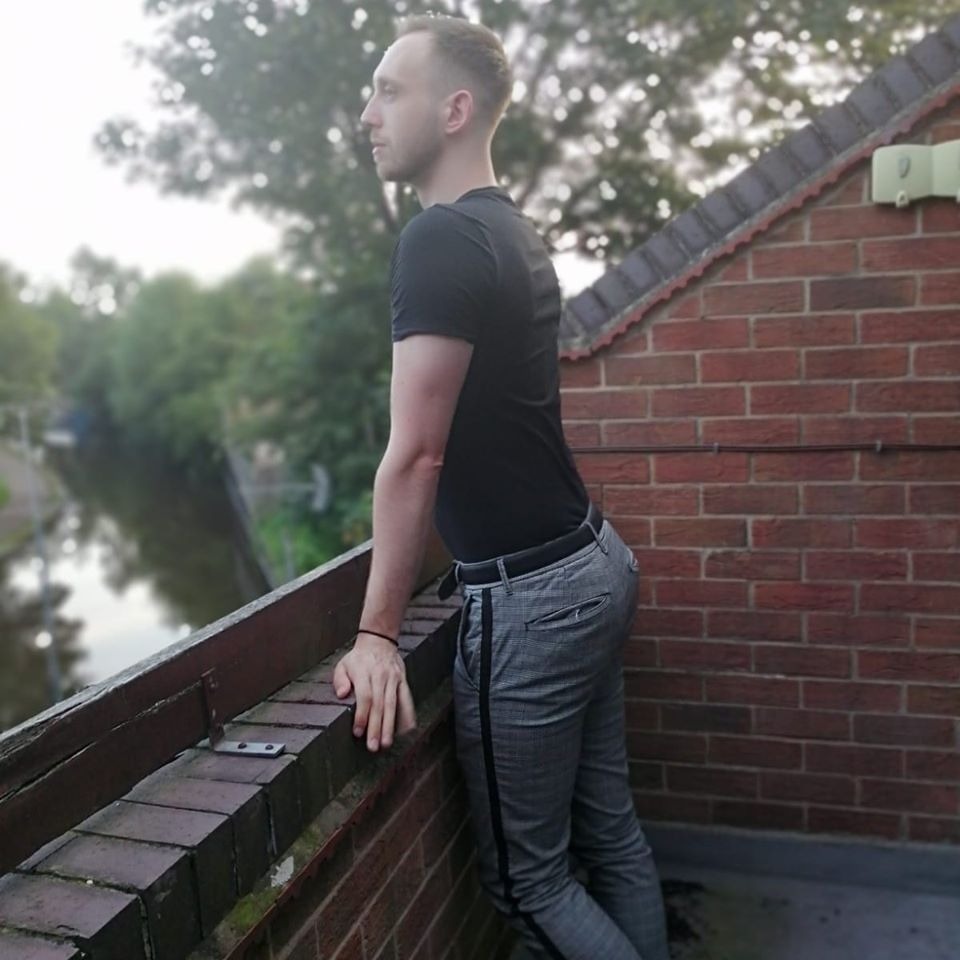History Of The Foxtrot in 500 Words
- Ross Millar

- Mar 19, 2021
- 2 min read
Ahh the Foxtrot... arguably the most popular of all the Ballroom dances, but where did it all start? In this week's blog, we explore the fascinating history of the beautiful Foxtrot!
The Origins of the Foxtrot
The exact origins of the Foxtrot are unclear, but all sources agree that the dance was either created, or popularised in the Summer of 1914 at the New York Theatre, by vaudeville performer, Harry Fox.
Performing to rag-time music in the theatre and in the 'Jardin de Danse,' which was situated on the roof of the theatre, Harry danced a number of moves including trots, lunges, jumps and kicks, which became known as 'Fox's Trot.'

The dance quickly became popular in dance halls and schools and came to the attention of legendary dance couple, Vernon and Irene Castle (pictured) who were internationally acclaimed ballroom dancers. There fame is credited with reviving modern dancing and with some refinement, helped propel the popularity of the Foxtrot even further.
The Foxtrotting 20's!
During the height of the 1920's Jazz Age, Foxtrot was the most popular dance of the masses, even more in demand than other dance crazes of the time such as the Tango and Charleston. However, the Foxtrot of this period was very different to the dance we know today. Incorporating moves from the Charleston, the Foxtrot was quite a fast paced dance, which didn't look too dissimilar to the modern-day Quickstep. Indeed, the dance became known as the, 'Quick Time Foxtrot & Charleston,' and many Ballrooms would advertise it as 'QTF&C' on billboards.
Over-time, the dance began to evolve and led to the creation of two very different dances; the Slow Foxtrot and the Quickstep. As dancers began to experiment with the more graceful nature of the Slow Foxtrot, talented American couple G.K Anderson and Josephine Bradley came over to London and won a number of competitions with there signature style, which eventually became the Foxtrot we know today.
As Foxtrot took off amongst the masses, a new 'on the spot' style Foxtrot was formed, which suited the crowded Ballrooms of the day, where it was impossible to stride out around the floor. This style was appropriately named a 'crush,' which soon became known as 'rhythm dancing' and eventually 'social dancing,' which is how we know it as today. The below video is a must-watch and shows the various styles of the Foxtrot during the 1920's.
Foxtrot Today
Over a hundred years on, the Foxtrot still remains one of the most popular dances around the World today. With wonderful music which spans the decades, from the beautiful crooning styles of Nat King Cole and Frank Sinatra, to the modern sound of artists such as Michael Buble and Caro Emerald, the Foxtrot is the personification of sophistication. Famed for it's slow, elegant steps, heel turns, weaving inside and outside your partners feet and constant graceful movement around the floor, one hopes that the beautiful Foxtrot will continue to prosper for at least a hundred years more.





Comments